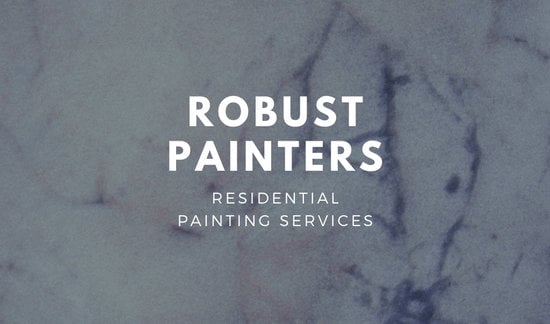The Influence Of Weather Condition On Commercial Paint Projects
The Influence Of Weather Condition On Commercial Paint Projects
Blog Article
Write-Up Produced By-Hejlesen Deleuran
When you're handling an industrial painting job, you can not ignore exactly how weather condition plays an important role in your success. Factors like temperature level, moisture, and wind can either enhance or weaken your efforts, influencing everything from application quality to security on duty site. types of paint sheen might assume you can paint anytime, but the truth is that particular conditions can lead to costly hold-ups or bad coatings. Understanding these components is vital, however what specific methods can you apply to make sure optimal results in the middle of unforeseeable weather condition?
Temperature and Paint Application
When it involves industrial paint, temperature level plays an important duty in just how well the paint adheres and dries out. If you're planning a project, keep an eye on the temperature array suggested by the paint producer. Preferably, professional painters clackamas want to function within that variety for ideal outcomes.
When temperatures are as well low, paint can become thick and tougher to apply, causing unequal protection. You might find yourself dealing with brush strokes or roller marks that simply will not disappear.
On the other side, heats can cause paint to completely dry too quickly. This can result in problems like breaking or peeling, as the paint does not have adequate time to bond effectively to the surface.
If it's as well warm, take into consideration arranging your benefit cooler parts of the day, such as morning or late afternoon.
Moisture and Finish High Quality
Moisture significantly influences the coating quality of industrial painting projects. When moisture degrees are high, moisture airborne can disrupt the drying out procedure of paint. This can lead to problems like poor adhesion, uneven surfaces, and enhanced drying times.
You might discover that your paint takes longer to heal, which can postpone your job timeline.
On the other hand, low moisture can likewise present problems. If the air is too completely dry, paint can dry also quickly, preventing correct leveling and leading to a rough coating. You want your paint to flow smoothly, and rapid drying out can prevent that, leaving you with an unsatisfactory surface area.
To accomplish the best coating, aim for moisture levels in between 40% and 70%. This variety enables optimum drying out conditions, ensuring that the paint sticks well and levels out effectively.
Consider making use of dehumidifiers or followers to manage dampness in interior projects, and attempt to prepare outside projects for days when moisture is within the perfect array. By paying attention to moisture, you can enhance the final appearance and toughness of your industrial paint work.
Wind and Outside Problems
While you mightn't consider wind as a significant aspect, it can substantially impact the end result of exterior commercial paint jobs. High winds can disrupt your application process, creating paint to dry as well rapidly. When repaint dries out too quickly, it can bring about an uneven coating or visible brush strokes.
You'll likewise encounter challenges with paint overspray, as wind can lug particles far from the desired surface area, resulting in thrown away materials and possible damage to surrounding locations.
Additionally, strong gusts can produce safety and security risks on the job website . Ladders and scaffolding are much more susceptible to tipping in gusty conditions, putting your crew in jeopardy. It's important to keep an eye on wind speeds before starting a task. If winds exceed risk-free limitations, it's best to postpone your job to guarantee a high quality finish and preserve security.
On calmer days, you can make use of the ideal conditions to achieve smooth, expert outcomes. Constantly examine the weather forecast and strategy accordingly.
Final thought
In conclusion, recognizing how weather influences industrial painting is essential for accomplishing the best results. By checking temperature level, moisture, and wind conditions, you can arrange your projects during ideal times. This not just makes certain a smooth application yet additionally improves the top quality of your finish. So, keep an eye on the forecast and plan as necessary-- doing so will certainly save you time, cash, and frustration while delivering a specialist result every single time you repaint.
